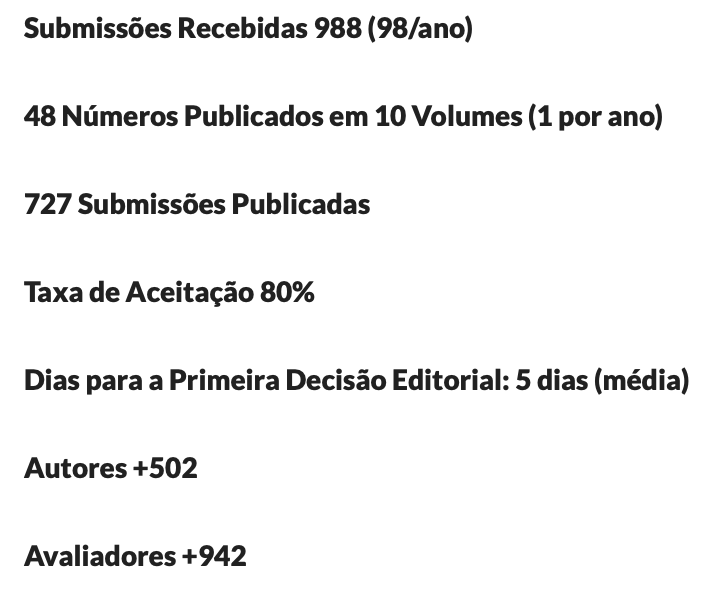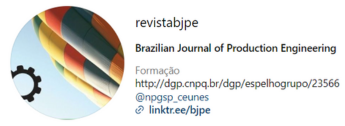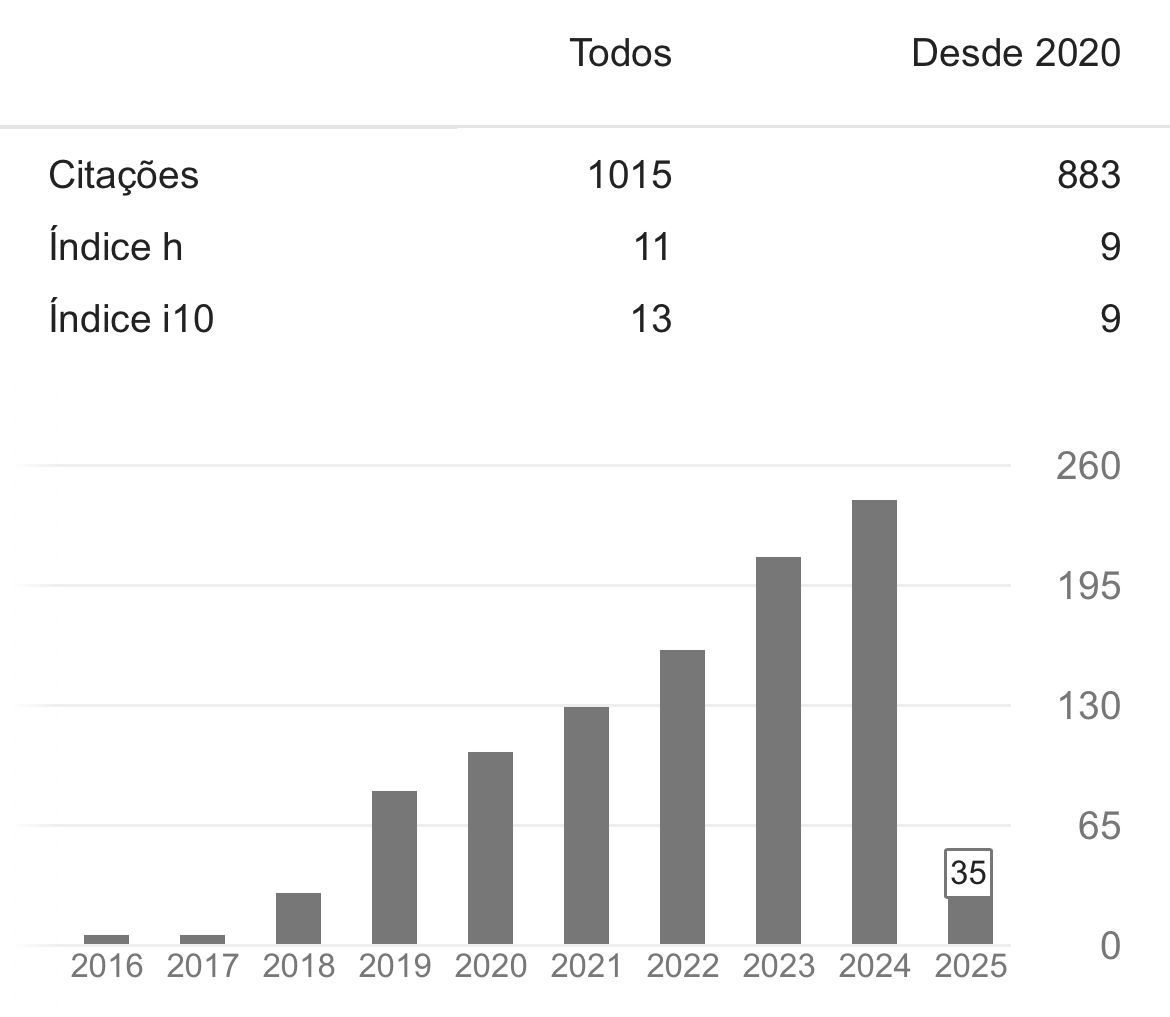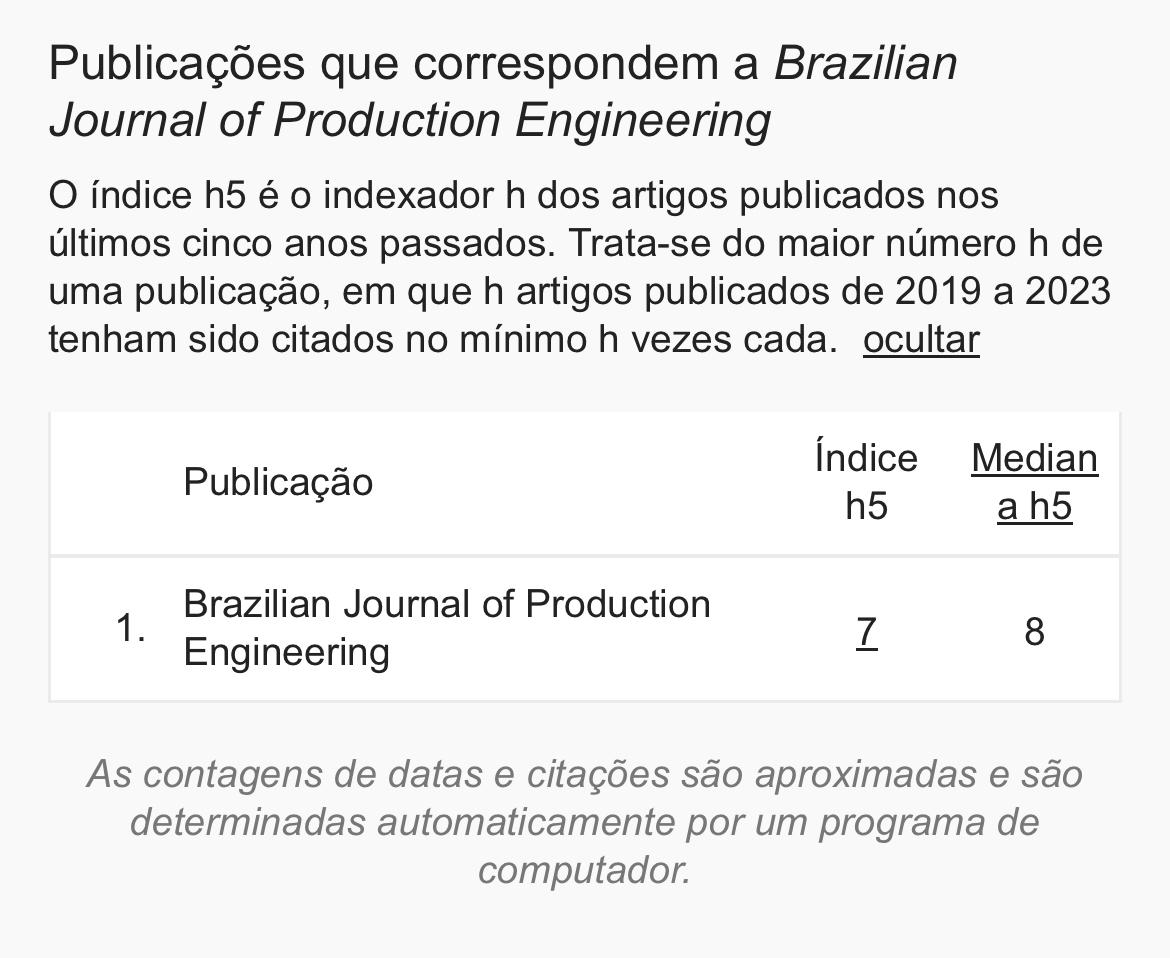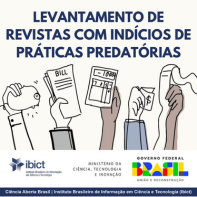Mapping the implementation of the emerging education model
DOI:
https://doi.org/10.47456/bjpe.v7i4.36249Keywords:
Educational model, Higher education institution, LearningAbstract
In view of the need to adopt adequate procedures for the implementation of a new educational model, we sought to draw up a descriptive mapping of the insertion process that has already been taking place in higher education institutions. The emerging educational model insertion process is configured through a scheme of the higher education institution as an organism composed of three dimensions: (1) Learning System; (2) Administration and (3) Infrastructure. Where, each of the three dimensions (1, 2 and 3) would be seen through three prisms: (A)Agents; (B) Material resources and (C) Processes and their elements.
Downloads
References
Debald, B. S., & Golfeto, N. V. (2016). Protagonismo Estudantil e Metodologias Ativas de Aprendizagem em Tempos de Transformação na Educação Superior. Pleiade, 10(20): 05-11
Gerhardt, T. E., & Silveira, D. T. (2009). (org). Métodos de pesquisa. Porto Alegre: Editora da UFRGS.
Gil, A. C. (2002). Como elaborar projetos de pesquisa. 4. ed. São Paulo: Atlas,
Origem das Palavras. Recuperado de https://origemdapalavra.com.br/pergunta/pergunta-199/
Ostermann, F., & Cavalcanti, C. J. de H. (2010). Teorias de Aprendizagem: Texto introdutório. POA: UFRS-Instituto de Física, 2010. Recuperado de http://files.pibid-unibr-sao-vicente.webnode.com/200000051-0d0a70e086/Teorias%20de%20aprendizagem.pdf
Rampazzo, L. (2005). Metodologia Científica. Para alunos dos cursos de graduação e pós-graduação. São Paulo: Edições Loyola.
Morin, E. (2015). Introdução ao Pensamento Complexo. 5ª Ed. POA: Sulina.
Downloads
Published
How to Cite
Issue
Section
License
Copyright (c) 2021 Brazilian Journal of Production Engineering - BJPE

This work is licensed under a Creative Commons Attribution-NonCommercial-ShareAlike 4.0 International License.


